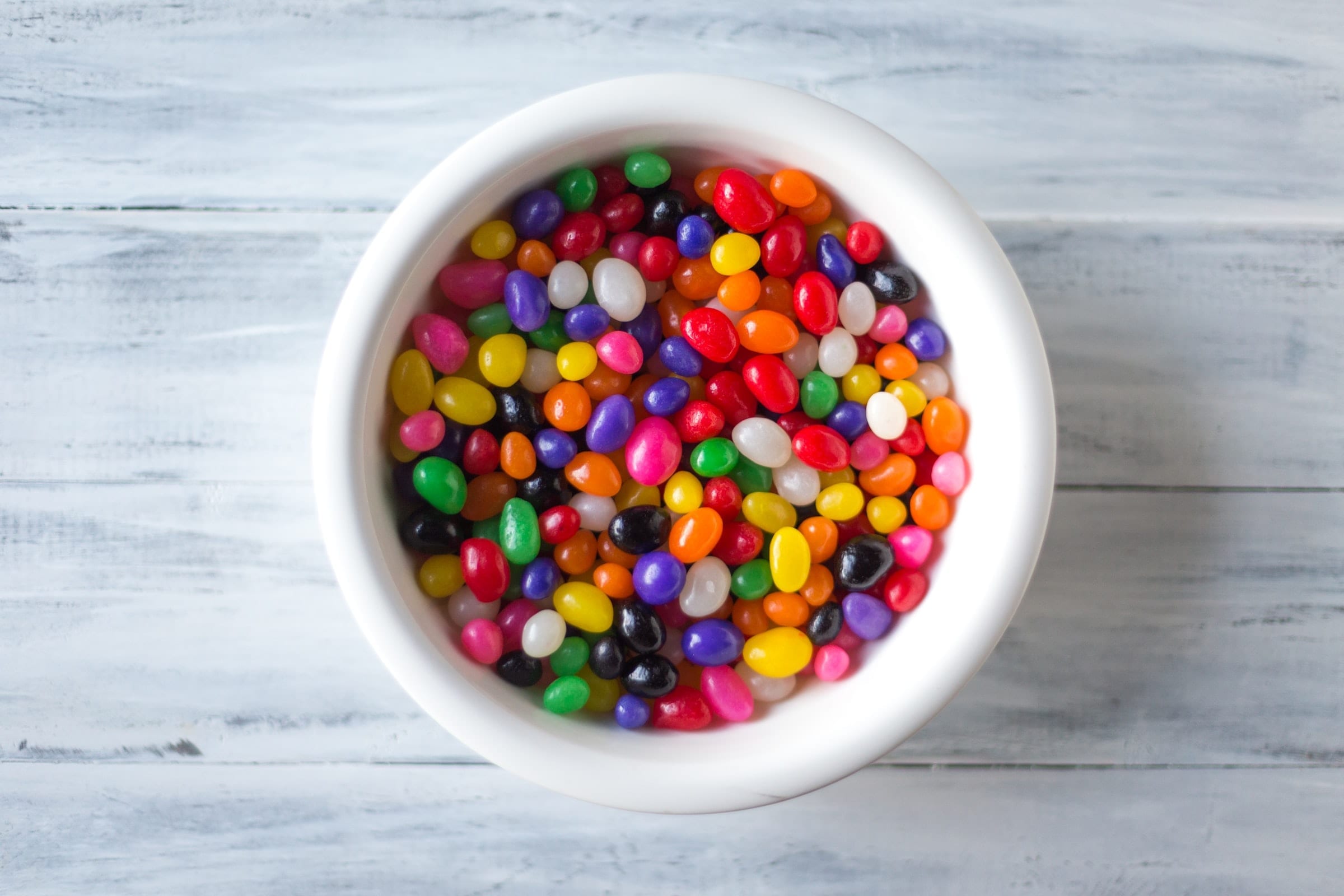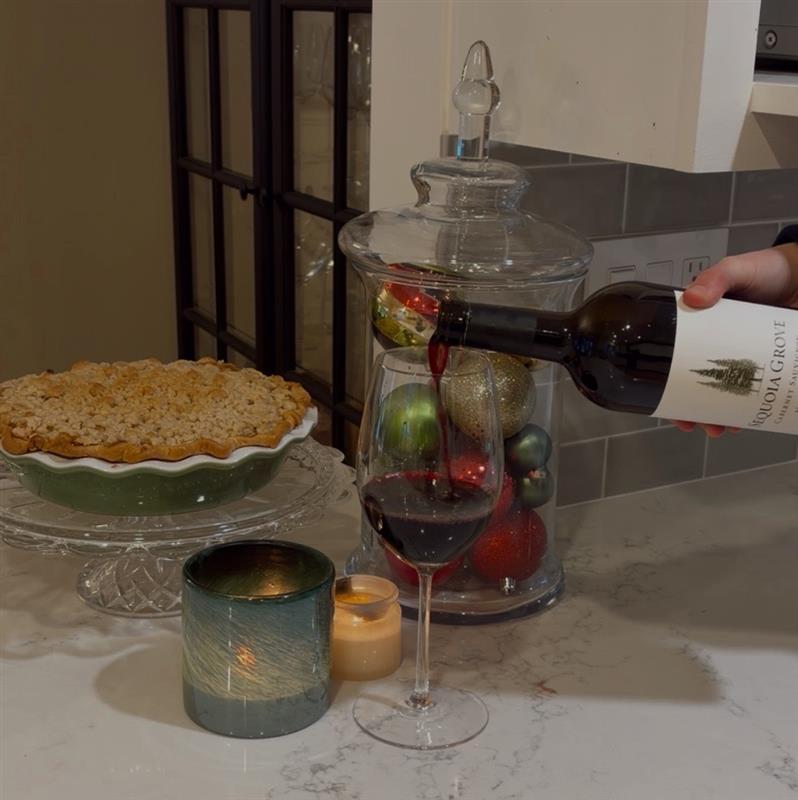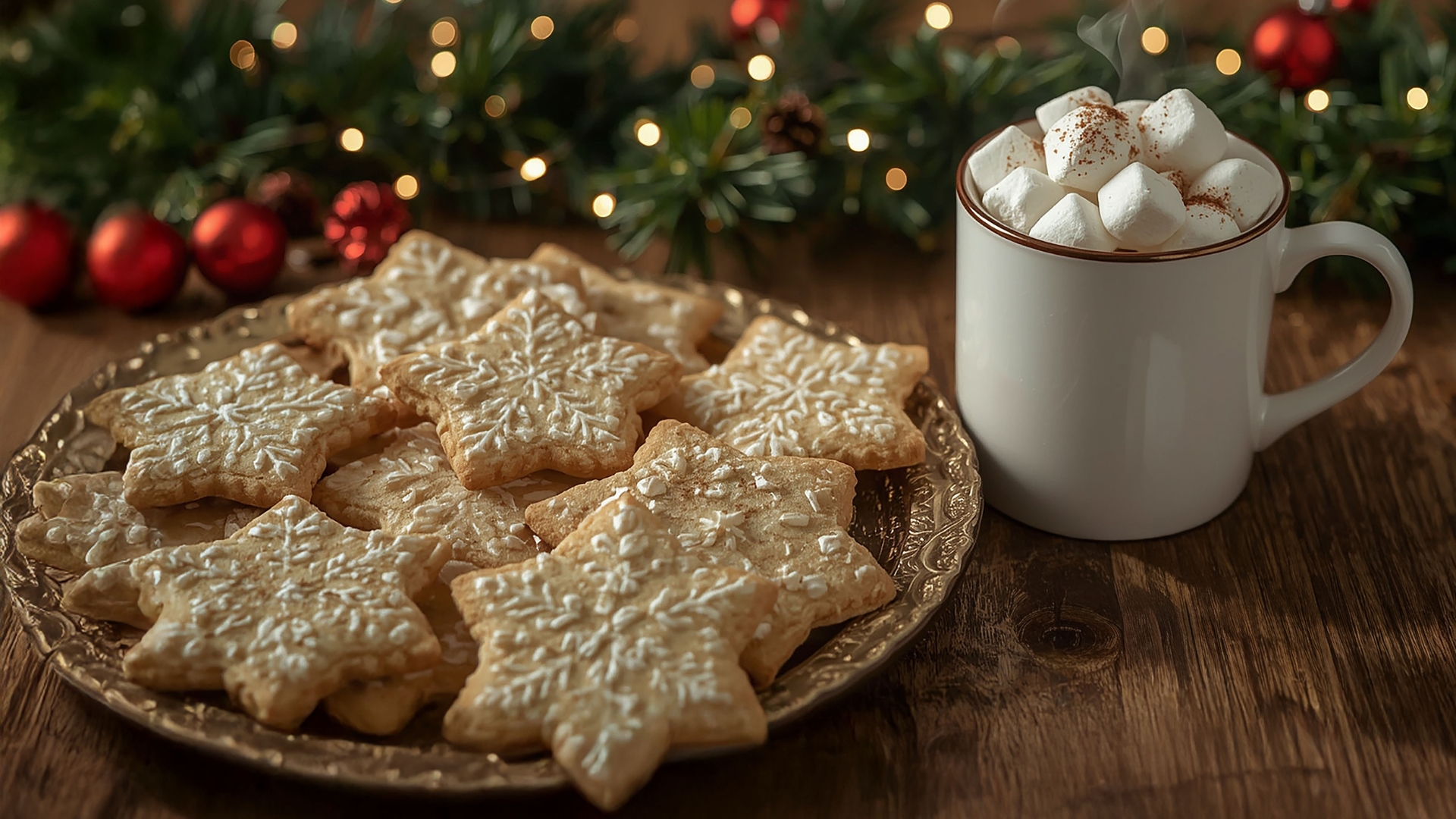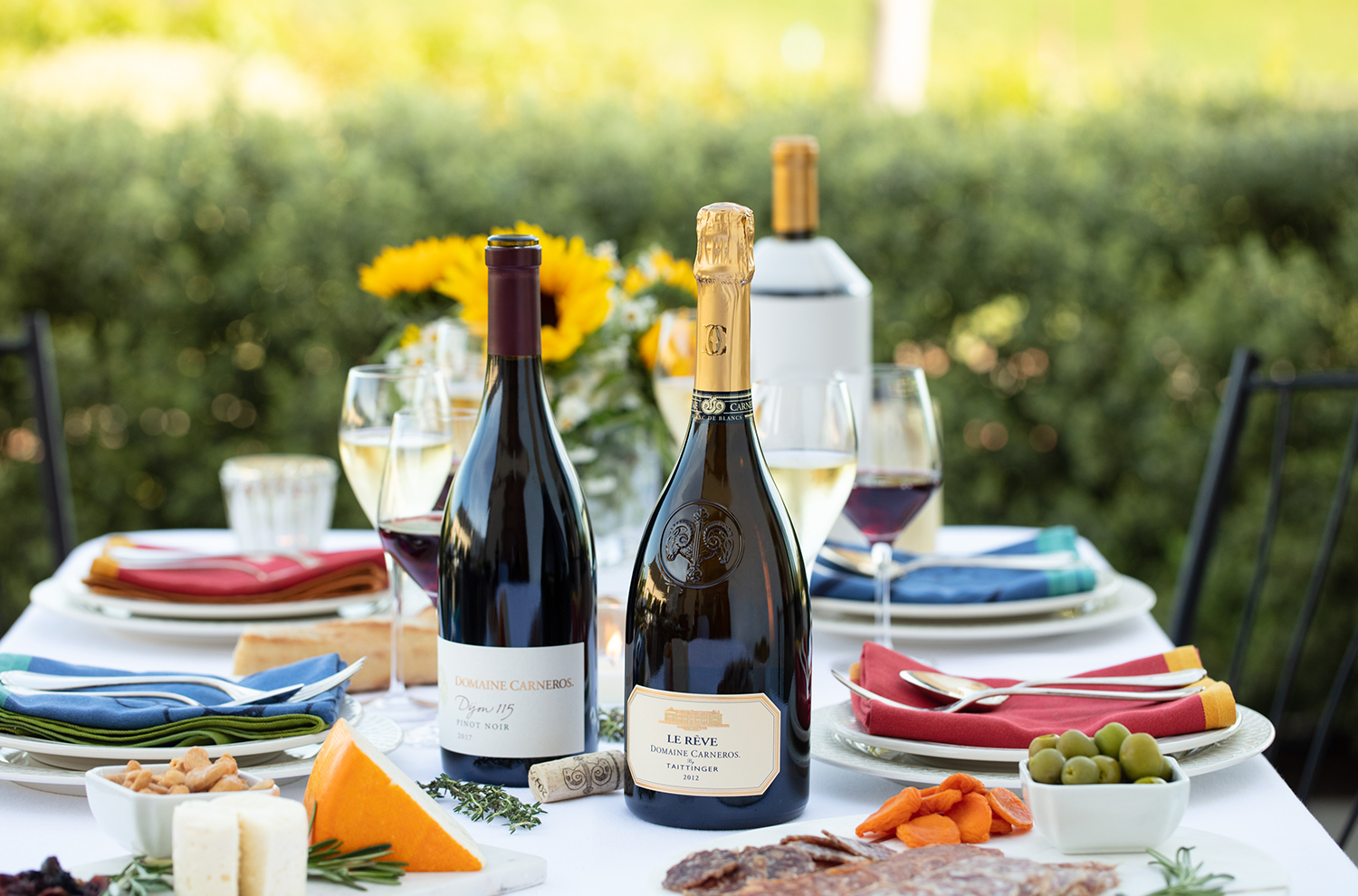Wine is more enjoyable the more you know about it and the more well-versed you are in its flavors and aromas. But how often do you roll your eyes at the lengthy tasting descriptions and super-specific notes, including fruits you have never even heard of before (lychee, cassis…), or terms you just wouldn’t equate with “yummy” (earthy, mineral…)? Sure, maybe you notice cherry, raspberry, or lemon when someone else names them, but then again, the power of suggestion is strong.
Flavors and aromas, however, come from real chemical compounds, creating distinct sensations found in fruits, flowers, herbs, spices, and more—including wine. The flavor industry utilizes these very same chemical compounds to make their raspberry fruit snacks taste like raspberry. Training your nose and palate to distinguish and recognize them is absolutely achievable, and makes wine tasting more interesting and fun, and makes you a more knowledgeable wine genius.
It is also fairly easy to begin training. Start by consciously noticing distinct flavors of fruits and spices in the cabinet and pantry and reading up on what common notes are from specific grape varieties when you open the bottle of wine.
Or, try the Jelly Bean Challenge!
How to Train Your Nose with the Jelly Bean Challenge
“Create a wine” with Jelly Belly using the typical flavors found in white or red wines showing how individual flavors combine to create a final (different) flavor and to help you identify individual flavors within a combination of flavors.
What you need:
Prep 2 small cups, one marked ‘W’ for White and the other ‘R’ for Red. To single out scents in red and white wines, choose the following:
- For white wine: Lemon, Juicy Pear, French Vanilla or Vanilla, Buttered Popcorn or Toasted Marshmallow, Green Apple
- For red wine: Licorice, French Vanilla or Vanilla, and two red fruits (Very Cherry, Strawberry or Raspberry) and one blue fruit (Blueberry or Plum) optional: Dr. Pepper
How to Do the Tasting:
- Start with the ‘W’ cup. Cut each Jelly Belly in half and smell each individually.
- What do you smell? Do you recognize the scent?
- If you’re tasting with friends, ask them what their guesses are (out loud or write it down).
- As you smell, create two little piles for the sets of Jelly Belly halves.
- Once you have split and smelled each Jelly Belly, taste one set of Jelly Belly halves all at once.
- Whoa! Describe what is happening. Do you experience individual tastes to begin with? What are they? Do they match the smell? What happens when the flavors combine? Do you like it?
For the ‘W’ cup, the vanilla and buttered popcorn or toasted marshmallow can signify barrel fermentation or oak aging, while the pear, apple and lemon flavors are often found in white wines (Chardonnay).
- For the ‘R’ cup – split only the licorice Jelly Belly in half.
- Taste the whole beans along with the licorice half.
For the ‘R’ cup, the vanilla can signify oak; the licorice gives a sensation of tannin as it gives a nice firm backbone. Notice how overpowering the licorice can be in the beginning, but after it has a chance to mix with the other flavors, they complement each other to form a separate enjoyable flavor.
This is a simplistic but fun way to show how a winemaker often works with wine made in separate lots to create the final blend, and how individual notes in a wine really can be perceived after practice.




